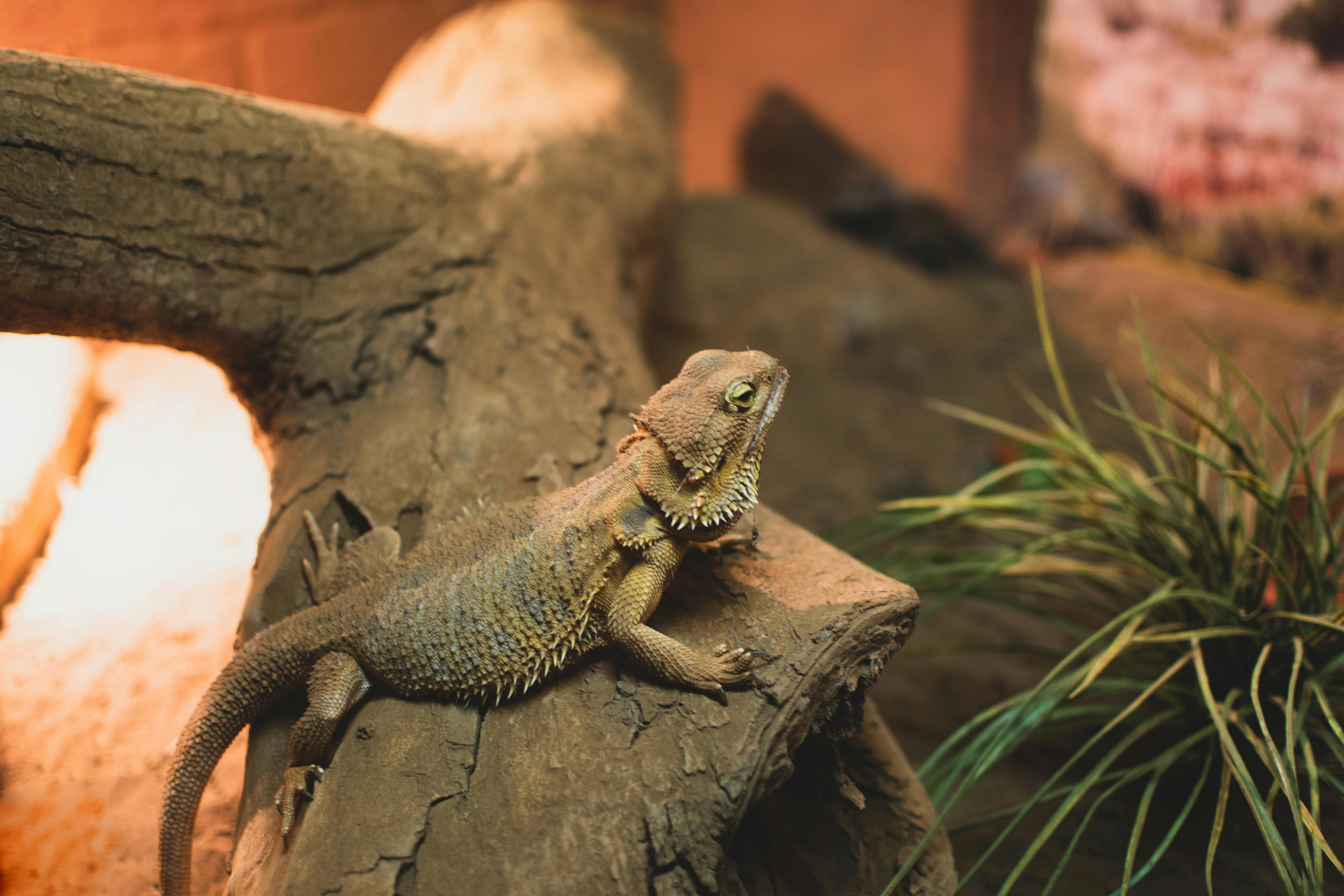Bearded Dragon Brumation: The Winter Slumber Phenomenon
In the world of reptile-keeping, bearded dragons stand out as popular and charismatic pets. But beneath their friendly demeanor lies a fascinating biological process that often surprises new owners: brumation. This winter dormancy period, akin to hibernation in mammals, is a crucial aspect of bearded dragon care that deserves closer examination.

The Science Behind Brumation
Brumation is a complex physiological process triggered by environmental cues such as decreasing daylight hours and dropping temperatures. During this time, a bearded dragon’s metabolism slows dramatically, reducing its need for food, water, and activity. Unlike true hibernation, brumation allows for occasional periods of wakefulness, during which the dragon may bask or drink water.
The duration of brumation can vary significantly, lasting anywhere from a few weeks to several months. Factors influencing the length include age, health status, and individual genetics. Younger dragons may not brumate at all, while older individuals tend to experience longer periods of dormancy.
Signs and Symptoms of Brumation
Recognizing the onset of brumation is crucial for proper care. Common indicators include:
-
Decreased appetite and refusal of food
-
Reduced activity levels and increased sleeping
-
Seeking out cooler areas of the enclosure
-
Less frequent bowel movements
-
Occasional burrowing behavior
It’s important to note that these symptoms can also indicate illness, so careful observation and veterinary consultation are advisable for first-time brumators.
Preparing Your Bearded Dragon for Brumation
Proper preparation is key to ensuring a safe and healthy brumation period. This process should begin several weeks before the expected onset:
-
Schedule a veterinary check-up to ensure your dragon is healthy enough to brumate.
-
Gradually reduce feeding frequency while maintaining hydration.
-
Adjust lighting and temperature schedules to mimic natural seasonal changes.
-
Provide a suitable area for brumation, such as a hide box filled with substrate for burrowing.
Managing Brumation in Captivity
While brumation is a natural process, it requires careful management in captivity. Key considerations include:
-
Maintaining proper humidity levels to prevent dehydration.
-
Regular weight checks to monitor for excessive loss.
-
Offering water during brief periods of activity.
-
Ensuring the enclosure remains secure and predator-proof.
Some owners choose to prevent brumation by maintaining consistent environmental conditions year-round. While this approach can work, it’s important to consider the potential long-term effects on the dragon’s natural cycles and reproductive health.
Post-Brumation Care and Reactivation
As brumation comes to an end, bearded dragons gradually become more active and alert. This period requires special attention to ensure a smooth transition back to normal activity levels:
-
Slowly increase basking temperatures and UVB exposure.
-
Offer small, easily digestible meals to kickstart the digestive system.
-
Monitor for any signs of illness or post-brumation complications.
-
Gradually reintroduce normal feeding and handling routines.
The Impact of Brumation on Breeding
For breeders, brumation plays a crucial role in the reproductive cycle of bearded dragons. The cooling period often triggers hormonal changes that stimulate breeding behavior upon reactivation. This natural cycle can lead to more successful mating and egg-laying in captive environments.
However, it’s important to note that not all dragons require brumation to breed successfully. Some captive-bred lines have adapted to reproduce without this cooling period, highlighting the complex interplay between genetics and environmental factors in reptile reproduction.
Brumation Myths and Misconceptions
Despite its importance, brumation is often misunderstood in the reptile-keeping community. Common myths include:
-
All bearded dragons must brumate annually.
-
Brumation always occurs at the same time each year.
-
Dragons cannot be disturbed at all during brumation.
Dispelling these myths is crucial for promoting proper care and understanding among pet owners.
The Future of Brumation Research
As our understanding of reptile physiology grows, so too does our knowledge of brumation. Ongoing research into the genetic and environmental factors influencing this process may lead to improved care guidelines and breeding techniques. Future studies may also shed light on the potential health benefits or risks associated with brumation in captive environments.
In conclusion, brumation remains a fascinating aspect of bearded dragon biology that challenges and engages reptile enthusiasts. By understanding and respecting this natural process, we can provide better care for these remarkable creatures, ensuring their health and well-being in captivity. As we continue to unravel the mysteries of reptile physiology, the phenomenon of brumation serves as a reminder of the complex and awe-inspiring adaptations that allow these animals to thrive in harsh environments.





